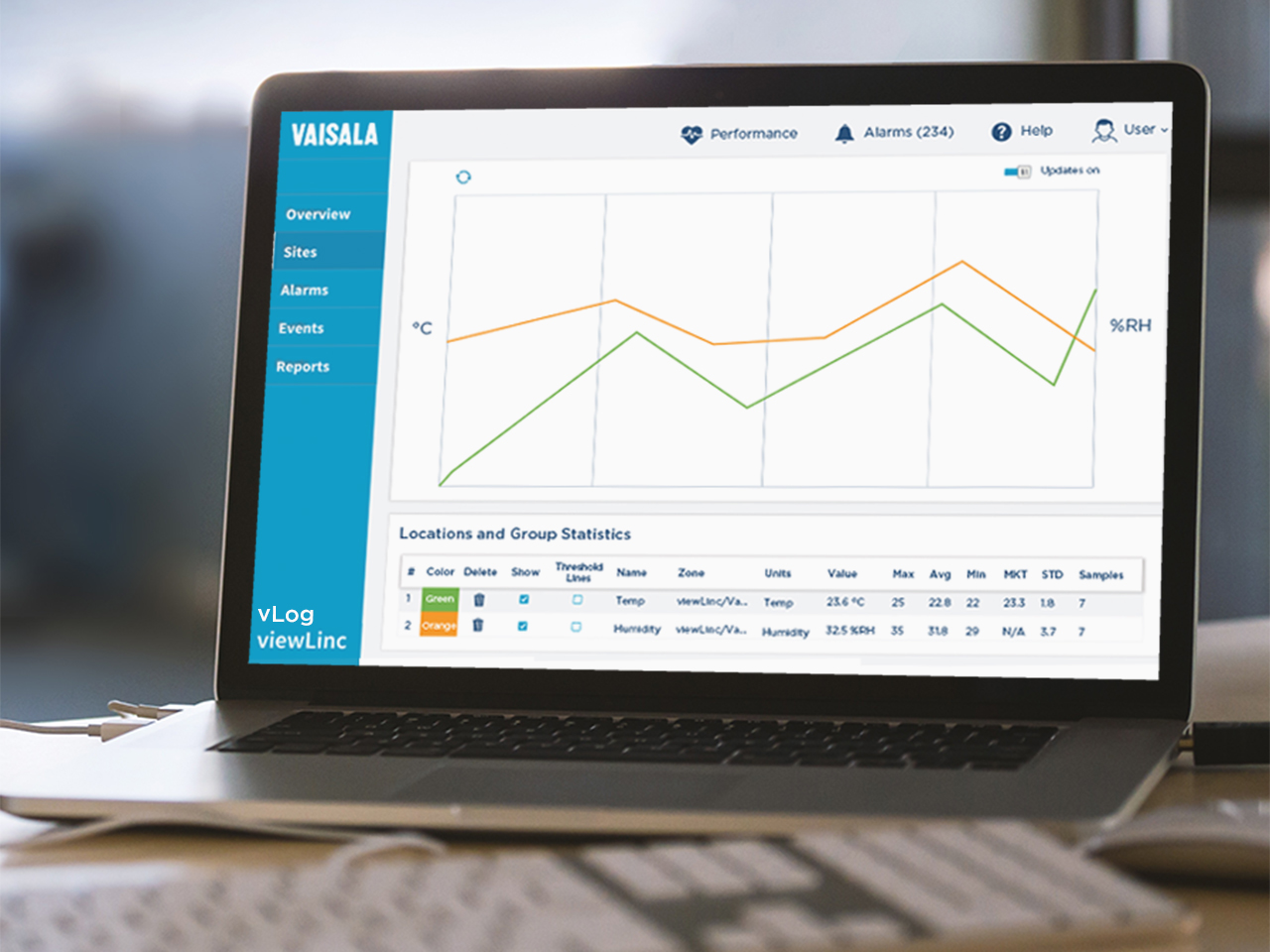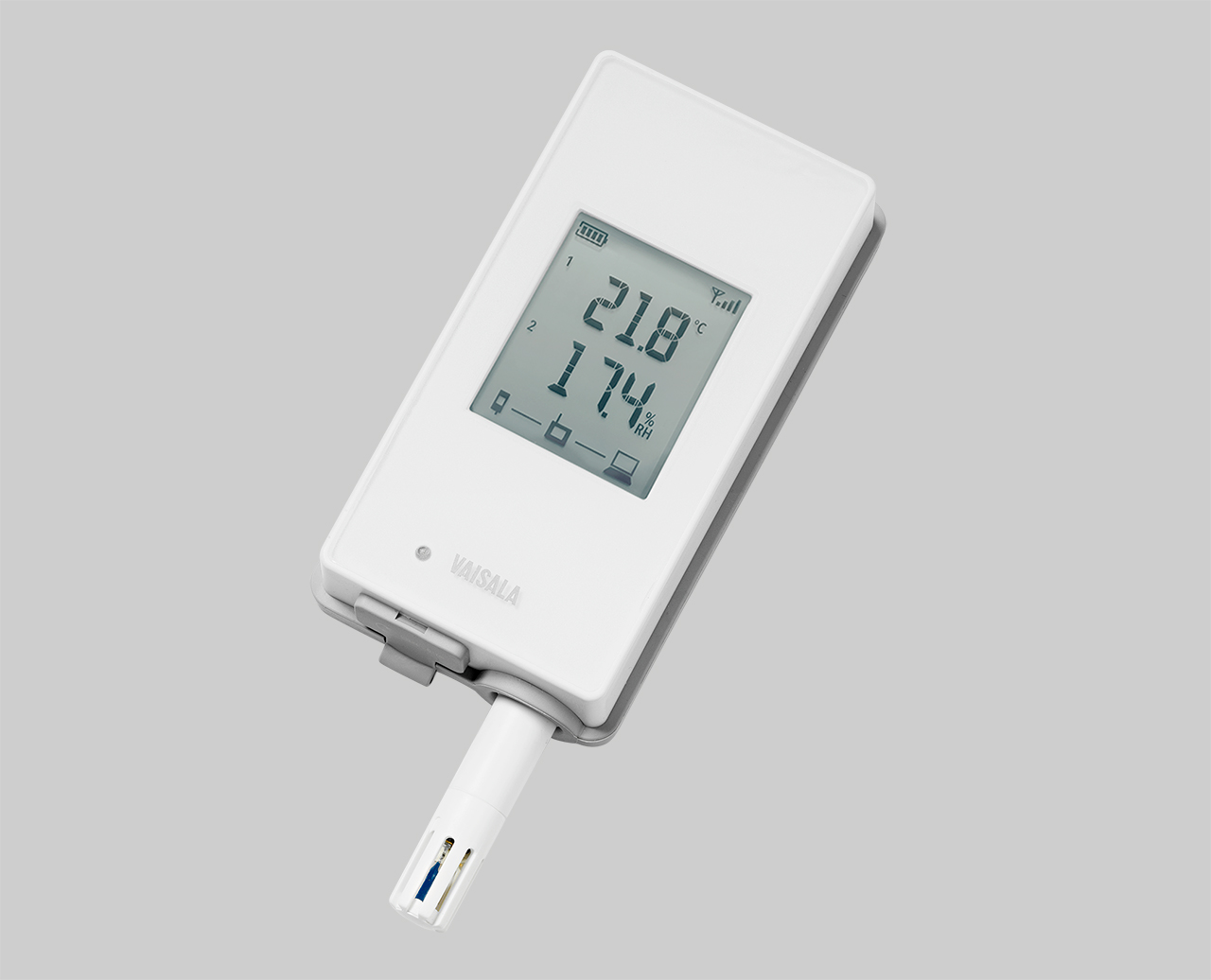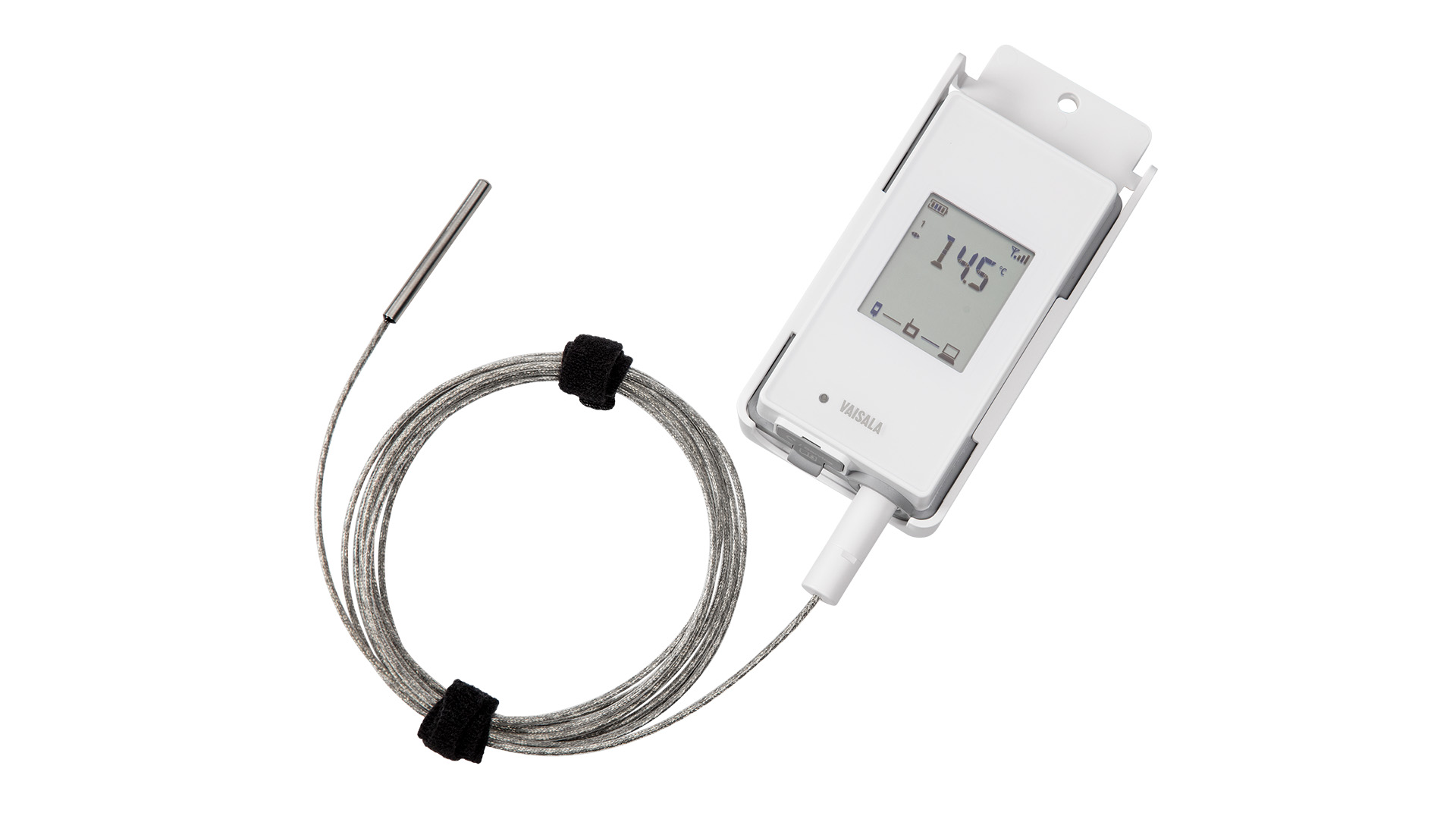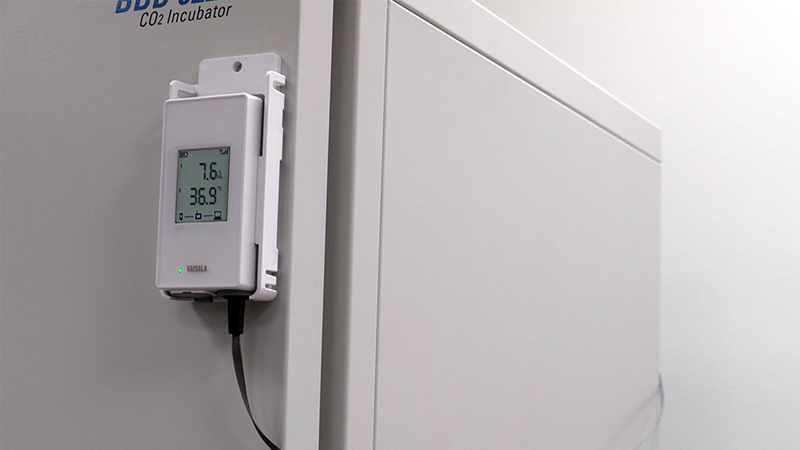Managing GxP Monitoring System Alarms
In this video blog, two validation experts answer questions on best practices for managing alarm functions for monitoring systems in GxP applications. Please find the transcript below.
These questions came from our webinar "Controlled temperature chambers: Qualification, mapping & monitoring", which you can watch at any time.
Question: How can we avoid unnecessary alarms due to door opening?
[00:01:21] Paul Daniel: Well, that's easy. Don't open the door. Just know that doesn't actually work. But when you do open the door, open it for the shortest amount of time necessary, decide what you're going to get out of the chamber before you open the door. If the door isn't glass, keep a map of the location of the contents inside the chamber and place that on the door so you know where to look for the thing you want. Make sure things in your chamber are labeled clearly so you can find them easily.
This becomes really important with extreme environments like ultra low freezers. But really, what we are trying to achieve here is avoiding alarm fatigue. Because if alarms keep going off and they're not important, people begin to ignore them. And when you ignore alarms, you're going to miss important information when you have a real alarm that you need to respond to. What do you think, Nate?
[00:02:22] Nathan Roman: Right. So along with implementing an alarm delays, you can I think you can also adjust the alarm set-points to account for some short-term fluctuations caused by door openings. If a door opening is a part of the normal operation, which it is because you need to open the door and typically it causes a short spike or a dip in temperature, then your alarm set points can be set to allow for that, thereby reducing the unnecessary alarms that you may get.
Additionally, proper staff training can make a big difference. If your employees are educated about the impact of door opening, duration and frequency on the temperature stability, they can adopt the practices and minimize the risk of triggering those alarms. And I really like the fact that you had mentioned, Paul, about using a location map and having that attached to the front of the CTU.
[00:03:34] Paul Daniel: Thanks, Nate. I like that you mentioned alarm delays because you can only have alarms and alarm delays if you have a monitoring system like our viewLinc system. So you can program a monitoring system to have different delays. Typically, we see people using delays between two to five minutes. I think it's best to start with no delays and see if you get nuisance alarms. If you're getting nuisance alarms, move to a two-minute delay. If you're still getting nuisance alarms, move out to a five-minute delay. If you're still getting nuisance alarms at that point, you've got a bigger problem you need to investigate.
You are creating a time buffer to allow for short excursions. You could also buffer your probes as well to slow their response. But one thing I do want to add for sure, by buffering probes or alarm delays, you're changing alarm set points. If you end up having different set points, that is to say, different delay durations and different buffers inside or for each refrigerator, freezer or incubator, you have created a lot of logistical complexity. So, as you adjust your monitoring system to avoid unnecessary alarms, try to standardize delays or buffers so that every refrigerator has the same alarm set point. This way, you'll create a system that's easy to manage while protecting yourself from nuisance alarms.
Question: What is the guidance on setting appropriate alarm delays for controlled temperature chambers? And is there a standard alarm delay time before action is required?
[00:05:56] Paul Daniel: There aren't any standards here. It's really dependent on what you're storing. If you have an expensive, deep-frozen product that will be destroyed by a 10-degree change, you don't have time for delays. But if it's a cheap refrigerated product that can withstand a day at room temperature, you can afford a longer delay. So you can really have to base your decisions on the product to determine what an appropriate alarm delay is. What do you think, Nate?
[00:06:28] Nathan Roman: I agree with you Paul. I also think that there is no one-size-fits-all alarm delay time. And that's where a risk-based approach comes in. I think that's the probably the best way forward. That means considering factors like the criticality of the product, the acceptable temperature range, the performance history of the chamber and of course, the regulatory requirements that you're needing to meet.
The goal is to strike a balance between the detecting the excursions and promptly and avoiding those false alarms which become a nuisance. The selected alarm delay times should be documented a rationale and periodically reviewed to ensure the ongoing effectiveness of those delays. So ultimately, appropriate alarm delays for controlled temperature chambers should be determined through a risk assessment process that ensures product integrity and overall regulatory compliance.
Question: How do you assess risks to the chamber and the product?
[00:08:01] Paul Daniel: Nate you spoke to a risk assessment process. It's easy to think that this is something special, but we do this all the time in our daily lives when we make decisions about what's important to us, and what we're going to do first. If your house is in fire, what do you do? You grab the kids and the pets. You grab your wallet, you grab your phone, and you grab the pictures of your family. You don't worry about the things that you can replace. So we already do this innately.
When you're trying to figure out how likely a problem is to happen. And if it does happen, how bad will it be? Can you detect the problem after it's happened, or as it's going to happen, so you can tailor your attention? There is a good documentation of how to do this. While it's not for controlled temperature chambers, it's for electronic records in the ISPE's GAMP 5 is an excellent guide for risk assessment. How would you guide someone through a risk assessment process Nate?
[00:09:14] Nathan Roman: Based on experience in dealing with the temperature alarm delays, it's absolutely recommended to conduct a risk assessment utilizing the one of the guidelines, like the one that you just mentioned Paul. In a risk assessment meant to assess the risk to the product, the key considerations I would include are the characteristics of the products being stored, their temperature sensitivity, shelf life, and the criticality of the products. These are determined by temperature factors such as the temperature stability. I would include also response time for corrective actions and acceptable temperature ranges when going through product risk assessment.
[00:10:16] Paul Daniel: And risk assessment is also based on the likelihood of an event and its impact. You need to document all this and include it in the records you have for that chamber, or for that class of chambers, or for your area, whether it's a laboratory or a manufacturing suite. Highlight any problems and include mitigation strategies as part of how you manage risk.
Learn more about viewLinc voice & SMS notifications






Add new comment